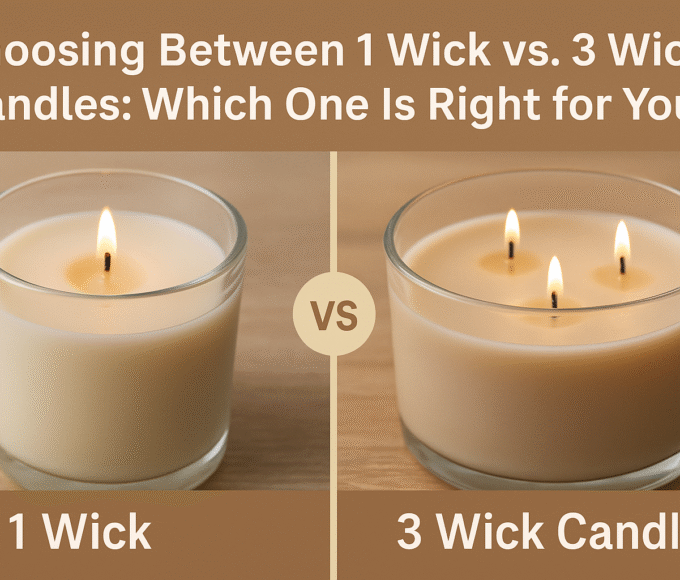It is almost certain that popular media has distorted our idea of how army body armor is chosen. In fact, we either see our heroes wear little to no armor as their intense masculinity alone is enough to stop bullets, or they run around in some almost-futuristic setup with armor all over.

In real life, the army has constant research and the struggles of armed forces are quite similar to those of individual and private operators. There is the question of balancing the needs and risks of the mission with the capabilities of the soldiers, as well as the budget to pay for all of that.
This is why all army body armor choices focus on three factors:
- Applicability
- Uniformity
- Price
It might sound strange that such a well-funded organization like the US Armed Forces would consider the price of armor as a significant factor, but it is one of the main issues when finding the optimal solution.
At some point, any investment in armor begins bringing in diminishing returns. Not only would it be hard to replace and come by, but it would make any guerilla tactics by the enemy more attractive.
If gear from any captures soldier pays for ten sets for the enemy you can’t afford to drop anything.
A Need to Be Uniform
As the word implies, uniforms need to be of one form, meaning to look alike. This is not only done for tactical reasons, but because of morale as well. There is no difference in blood or skin in the army; everyone is green.
The same goes for body armor, as all soldiers should feel as they are protected as much as their sisters and brothers in arms. With modular armor, this protection doesn’t need to be identical, but at least fairly similar.
Light Armor for Mobility
Especially for modern armies where modularity is a big advantage, there are two directions where mission parameters would dictate which armor you need to wear. Either there would be a focus on mobility with light armor, or for protection with heavy armor.
In combat situations, light armor still means plates. But, if there is little risk from explosives and a high need for mobility then something like the WPC™ Weightless Plate Carrier would be enough to secure vital organs without adding anything unnecessary to the setup.
Need for Auxiliary Gear
Especially for prolonged or defensive missions, it is often better to have a bit more armor, ammo, and gear as you never know where an attack could come from and how equipped the enemy will be. Better to be safe than sorry.
Additionally, if there is an increased risk from IED and similar flying debris you will need some extra armor to shield you from minor but debilitating injuries.
A slashed arm may not be lethal, but it will take you out of service for a week or two, and the mission will suffer because of it. And those injuries tend to accumulate if not addressed properly.
Because of these issues, the army will often choose something like the RPC™ Robust Plate Carrier from UARM, or similar MOLLE-type PCs that are modular and can accept more gear and auxiliary armor.
But, it should be stated that just because the army is in greater need of more robust armor, that doesn’t make that choice inherently better or worse. Every mission has its own demands and private operators might have different priorities than what the army could encounter.








Leave a comment